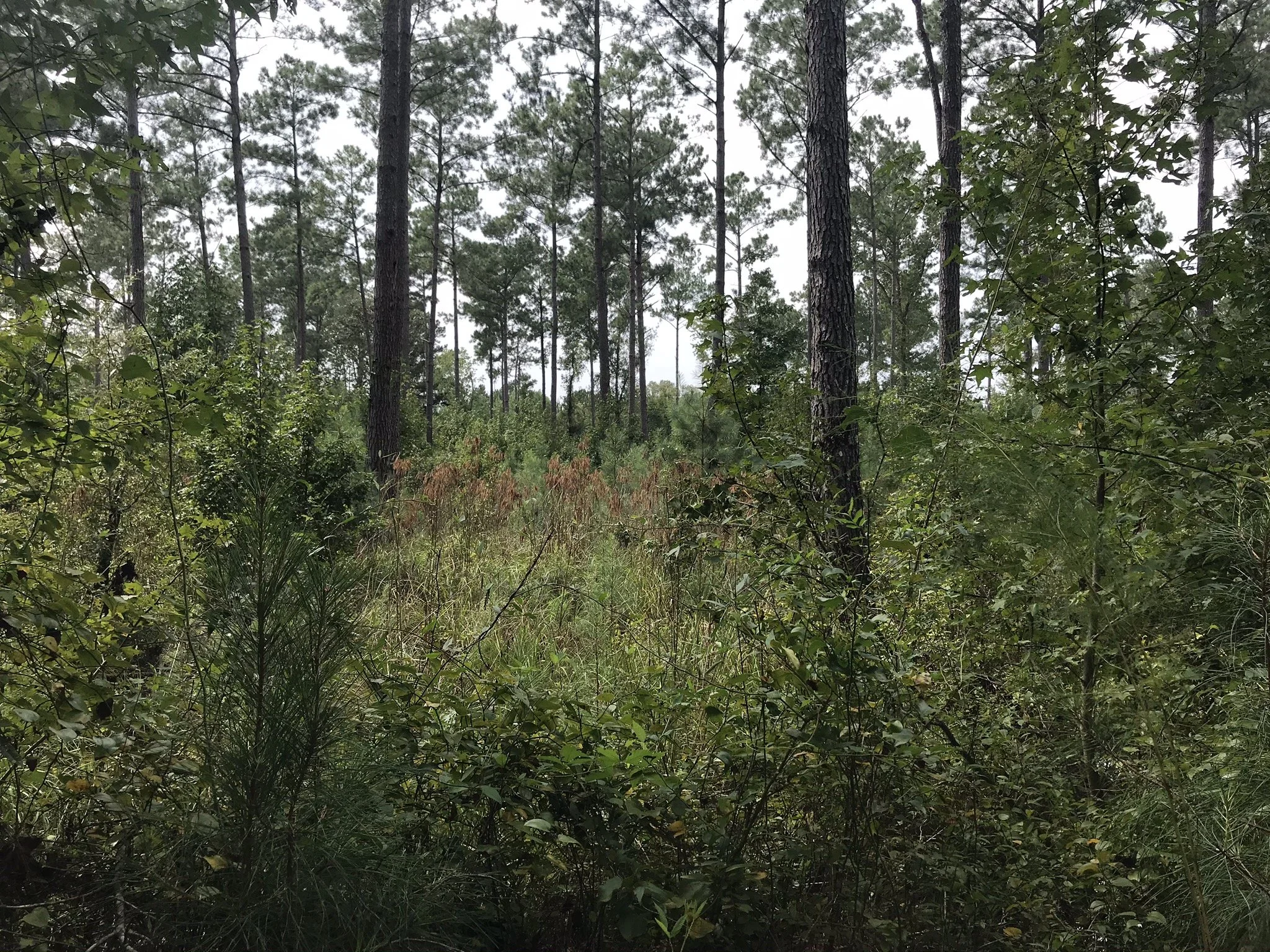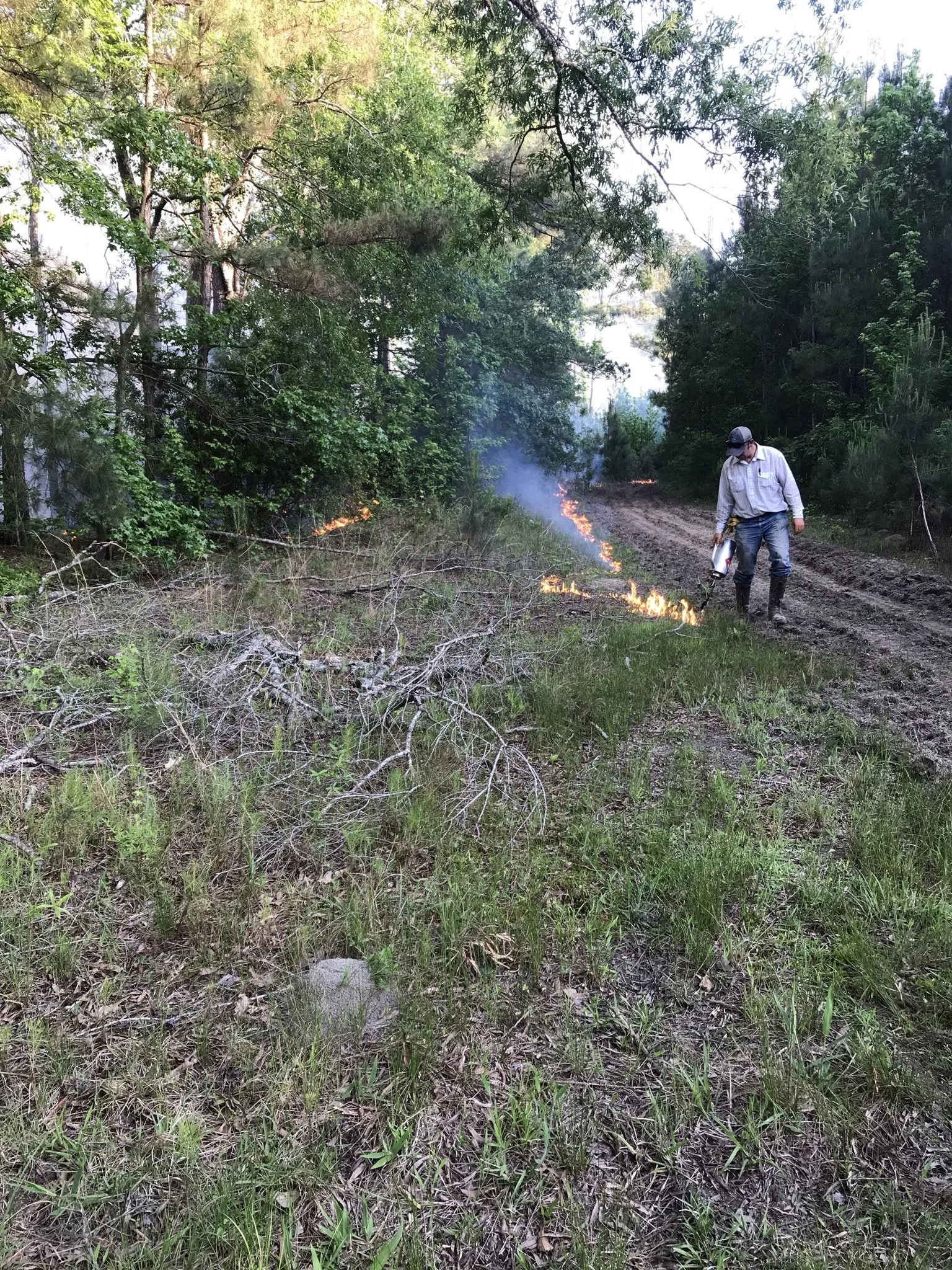REGENERATIVE AGRICULTURE
Within the first six months of owning our farm, we spent $15K on herbicides and fertilizers At that rate, we’d never afford even one cow. Something had to change.
Desperate for an alternative, we stumbled upon regenerative agriculture. It’s an approach to farming that works with nature rather than against it. The goal is not only to produce food, but improve the soil, water, and biodiversity of the land in the process. it creates a more resilient and adaptive farming system.
Since then, we’ve adopted regenerative agricultural practices like planting cover crops to enhance soil fertility, reduced tillage to improve root and soil structures and increase water retention, and alternating forages and animal species to break pest and disease cycles.
Implementing regenerative agricultural practices reduced our chemical input to zero, since we no longer use herbicides or fertilizers on our farm. It’s a healthy place to live- for our animals and our family. Plus, you can taste the difference in our meat!
ROTATIONAL GRAZING
We keep our cattle healthy with a rotational grazing approach. After all, who doesn’t like a change of scenery?
Rotational grazing is a strategy of moving livestock (in our case, cattle) through a series of paddocks in a planned and controlled way. The smaller paddocks within our fenced areas encourages grazing all the nutritious plants evenly rather than grazing the regrowth of the most palatable plants over and over again.
Moving the cattle off the areas they previously grazed (and deposited manure!) keeps them healthier and parasite-free while employing the cattle to spread their natural fertilizer. The rest and recovery period between grazing paddocks fosters strong plant root systems and improves nutrient cycling in the soil.
SOIL HEALTH
At Lightning Rock Land & Cattle, the land comes first- literally! We know farming is about more than keeping than keeping the animals healthy, it’s about keeping the soil and pastures healthy too!
We’ve scoured the internet, talked with numerous industry ‘professionals’ and finally created our own strategies of planting diverse forage species. Although we’ve experienced a fair share of trial and error with our sandy soil, we’re committed to finding the best strategies for enhancing the structure, nutrients, and biodiversity of our soil and the microbe community too small to see.
We plant cover crops with our no-till, conservation seeder into existing pastures. The mature plants provide a protective layer that decreases soil temperatures, shields the wind and rain, and maintains the soil’s structure while the new seeds germinate. Plus, not tilling has the added benefit of allowing the mature plants to continue sequestering carbon deep into the soil while the new plants take root, combatting climate change.
In addition to selecting cover crops that address compaction and soil nutrient deficiencies, we’re extending our grazing season by providing a diverse and nutrient dense food source for the cattle through the winter- decreasing our hay bill!
Good for the environment, good for our animals, good for our wallet: What’s not to love?
MULTI-SPECIES
Cattle will always be our focus- after all, it’s in our name! But our farm is also home to many other species who play a special part in achieving our goals.
Goats played a critical role in clearing brush in the silvopasture. We fenced them in the roughest areas, eagerly eating saplings, briars, and “weeds”, and clearing the way for the cattle. While we no longer employ goats, they were very effective.
We’ve also experimented with rotating chickens and ducks alongside and behind our cattle. They control pests by eating insects out of the manure, which they help breakdown into the soil as they scratch and peck. They also contribute litter that adds more organic matter and nutrients to the soil. Plus, the kids love treasure hunting for eggs!
Because we don’t use pesticides, our farm is a perfect environment for bees. Our hives play an important role pollinating our forages and increasing their yields. Beekeeping is an all-ages activity at Lightning Rock- with the sweetest of rewards.
SILVOPASTURE
When we say our cattle graze in the shade, we mean it! That’s because the core of our farming philosophy is all about silvopasture.
Silvopasture is an agroforestry practice of intentionally integrating livestock into forests. It has endless benefits for both the livestock and the environment. The trees provide our cattle shade in the summer and protection from bad weather. Deferring our timber harvest to maintain this envoronment allows mature trees to sequester large amounts of carbon from the atmosphere, while their deep root system improves water infiltration and soil health. It’s clearly a desireable ecosystem, as we often see many other species like deer, birds, and squirrels enjoying the silvopasture alongside our cattle.
These photos show the three-year process we used to create silvopasture. First, we conducted a prescribed burn and allowed twelve months of recovery. Next we introduced cattle and goats, concentrating their grazing impact by feeding hay in the thickest areas. Now, we can finally use our no-till conservation seeder to plant perennial grasses and cover crops, just like in any other pasture.
PRESCRIBED BURNS
Farmers have used prescribed burns to achieve land management goals and maintain healthy ecosystems for hundreds of years. Staffed with an experienced firefighter (Trey!), this has quickly become one of our favorite tools.
Every year, we conduct a prescribed burn on a different part of the farm for weed control, pest management, and to promote nutrient cycling and forage quality. Our loblolly pines stand up well to the fire and our native grasses thrive in the months following. We always allow our landscape to recover and regrow before planting or grazing.
A BALANCED DIET
When they’re not rotating through our pastures, the cattle help us transform the forested areas into silvopasture. We move them into the brush, enticing them with bales of hay and letting them trample their way though the undergrowth.
Our cattle always eat fresh grass or hay depending on the season and always have access to water, protein, and minerals. This year, we’re providing a small percentage of free-choice, soy-free grain. A healthy diet is essential to the cattle’s overall well-being, productivity, and quality of their meat.









